All about professional flooring NS-10
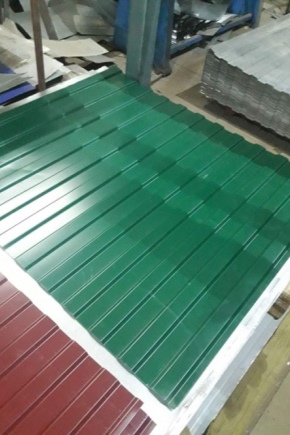
Almost every builder, repairman and even those who are preparing to build or repair something on their own need to know everything about the NS-10 professional flooring. The dimensions and other technical characteristics of the sheets play a very important role. It is no less important, however, to figure out what marking means and where the profiled sheet is used.

Description
The name of the material, professional flooring NS-10, means that it is a profiled steel sheet that can be applied in a wide variety of applications. It weighs relatively little, but this lightness does not prevent it from achieving increased strength. Therefore, wherever such constructions are used, they do not create any practical problems. НС-10 corrugated metal has a carefully calibrated wave profile. It is designed for the most efficient solution of practical problems and extension of the shelf life of the finished product or structure.
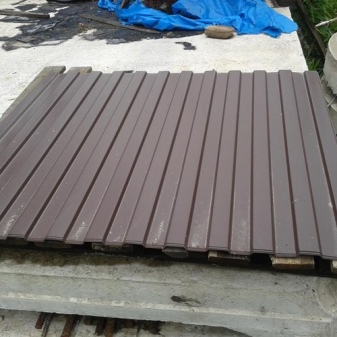
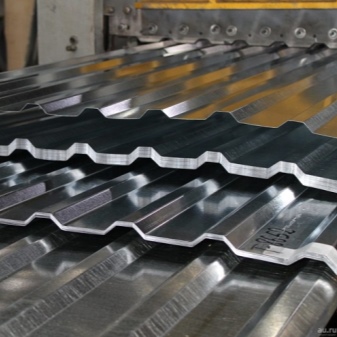
Specifications
The dimensions of the sheet for an ordinary profiled sheet of such a brand are determined by the purpose of its application. Common properties:
- wave height - 1 cm;
- useful width of 1 block - 117.2 cm;
- full width (including unused parts) - 120 cm;
- the thickness of the steel sheet is not less than 0.035 and not more than 0.05 cm;
- mass of one square meter - not less than 2 kg 900 g and not more than 4 kg 100 g.
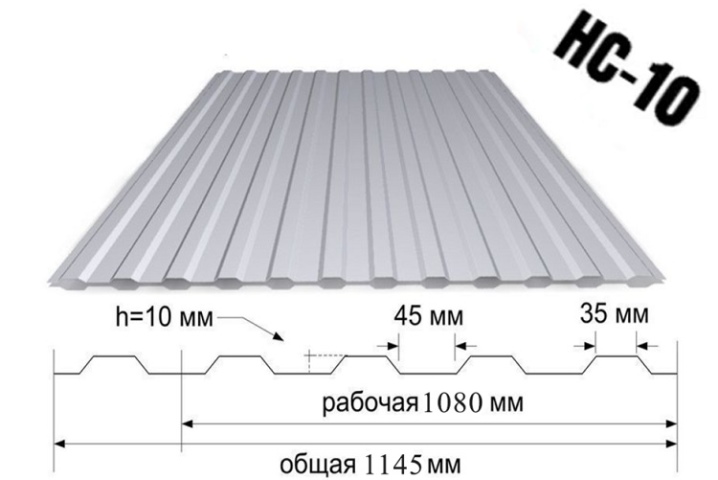
This material is supported by:
- affordable price;
- universal application;
- guaranteed operating time of at least 20 years (under favorable conditions up to 50 years);
- variety of colors;
- no risks to humans, domestic animals and wildlife;
- fire safety;
- stability with sharp temperature fluctuations, rainfall.
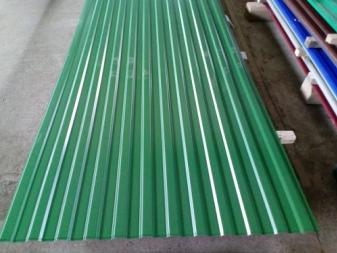
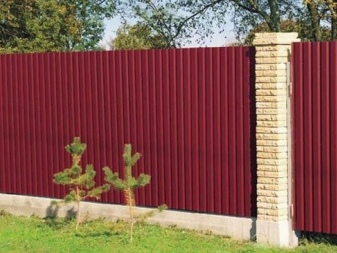
Varieties
All types of corrugated board, with rare specially stipulated exceptions, are obtained from galvanized steel. But this does not mean that they are completely homogeneous. The difference between specific options depends on whether the product will be dyed in production or sent to the end consumer without intermediate dyeing. The choice in serial production is carried out by technologists. When delivering to order, the decision is made by the end user.
You need to understand that the absence or presence of paint has little effect on practical properties. In any case, the service life does not suffer that much. But the aesthetic parameters often diverge. The color can be selected individually. Technologies for applying dye by electrolysis or double dyeing in a paint chamber have been developed. Special methods guarantee excellent adhesion and almost completely eliminate the violation of the integrity of the paintwork.
How the protection is done is very important. The classic method is hot-dip galvanizing. Zinc is melted in this method. It makes no sense to dive into the technological subtleties here, but it must be emphasized that the thickness of the protective shell ranges from 25-30 microns.
Galvanizing is inexpensive, but it is stupid to underestimate it - such a solution is quite acceptable, at least for domestic purposes.
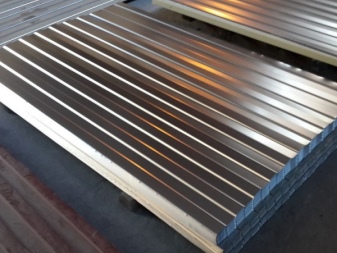
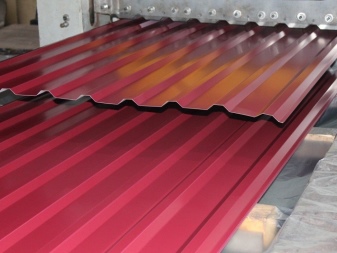
A more modern alternative is to form a zinc-alumina coating... In a professional environment, it is often referred to as galvalum. In addition to the two main components, the protective mixture also contains silicon, which chemically binds them. High-class galvalum withstands aggressive substances. It is advisable:
- near the sea coast;
- near the boiler room;
- near the railway;
- in an industrial zone;
- near a busy road and in other places where a high concentration of caustic substances is created.
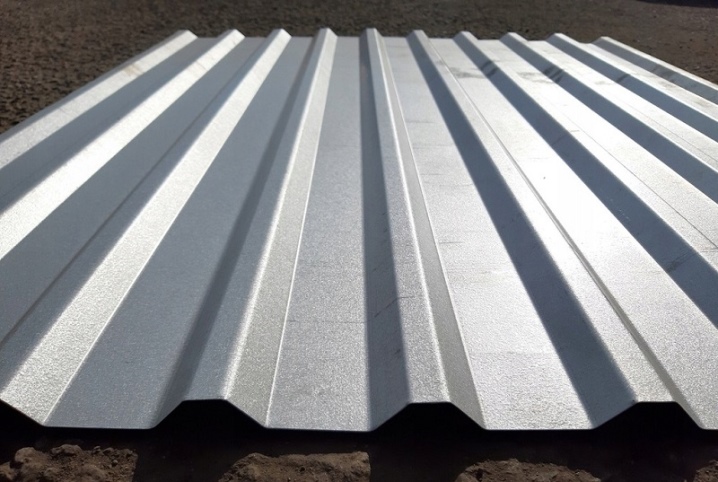
Plastisol coating is also not uncommon. Its main advantage is reliable protection against mechanical deformation. The thickness of the material is at least 175 microns, and the maximum is 200 microns. However, the lack of susceptibility to scratches is somewhat overshadowed by low resistance to:
- natural fading;
- exposure to ultraviolet radiation;
- temperature fluctuations.
But polyester is much more commonly used. It combines:
- corrosion resistance;
- thermal stability;
- long term preservation of appearance.
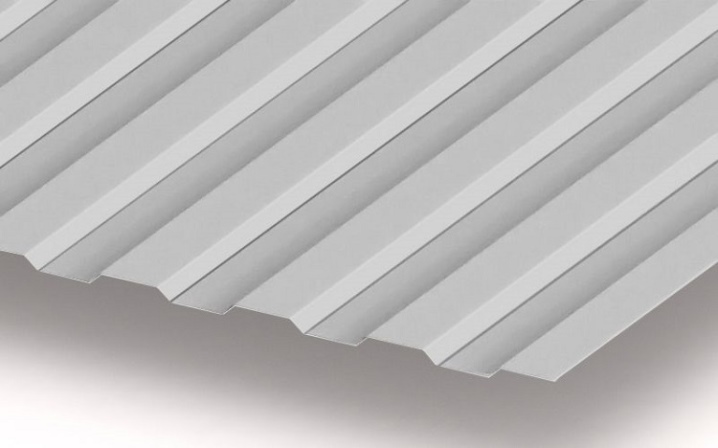
A more modern type is pural, that is, a combination of polyamide and polyurethane. It has excellent UV resistance. The strength of the pural is sufficient for practical purposes. Special markings are applied strictly to the reverse side of the sheet.
The exact marking depends on the manufacturer.

Applications
Professional sheets НС-10 are suitable for decorating walls and ceilings. They are also actively used when decorating balconies and facades. Also worth noting:
- production of partitions of various profiles;
- the formation of awnings;
- roof covering;
- preparation of portable fences.
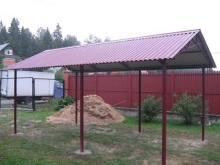

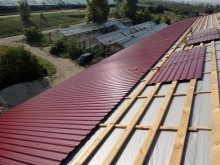













The comment was sent successfully.